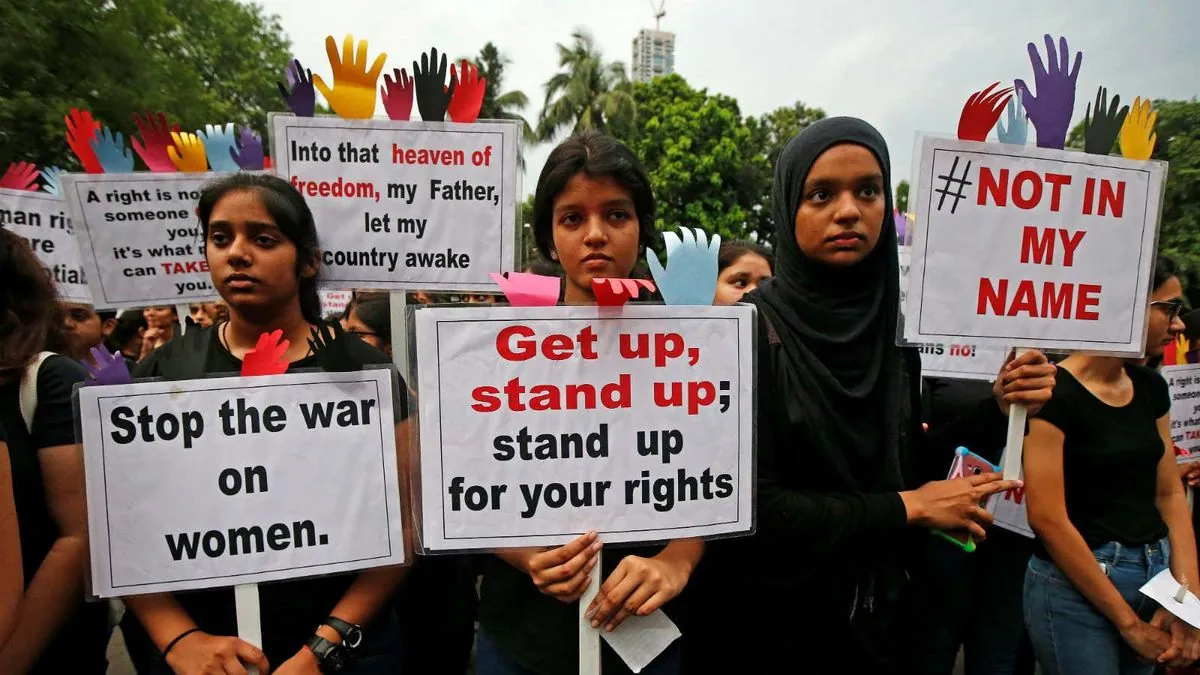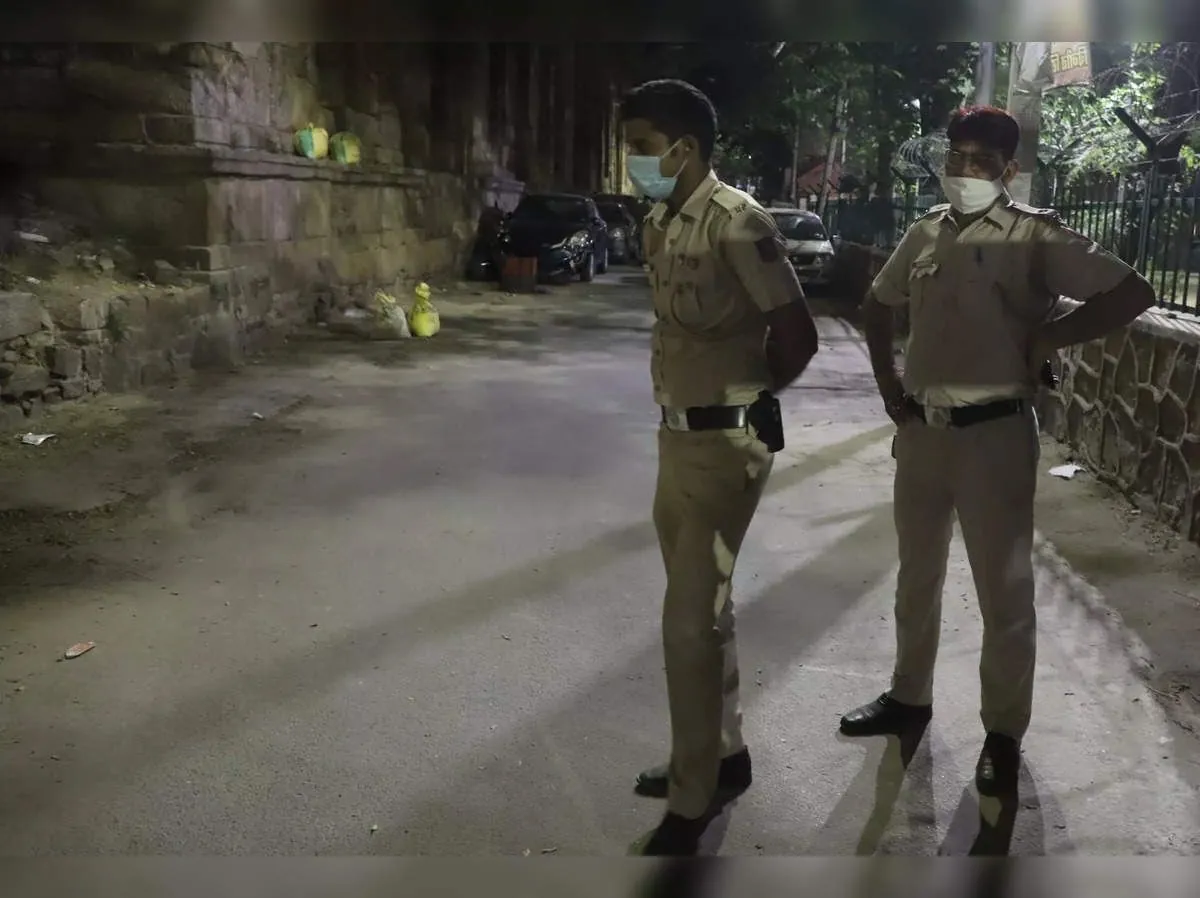India's Rape Crisis Persists Despite Legal Reforms, New Case Sparks Outrage
A recent rape case in Kolkata has reignited nationwide protests in India. Despite legal reforms following the 2012 Delhi gang rape, reported cases remain high, with over 31,000 in 2022 and low conviction rates persisting.

The recent rape and murder of a trainee doctor in Kolkata has reignited nationwide protests across India, highlighting the persistent issue of sexual violence in the world's largest democracy. This incident, occurring in August 2024, has brought women to the streets, expressing their frustration with the continued high levels of sexual crimes despite legal reforms and promised crackdowns.
In 2012, a horrific gang-rape case in Delhi sparked widespread outrage and led to significant changes in India's criminal justice system. The government implemented sweeping reforms, including tougher sentences and an expanded definition of rape. However, campaigners argue that these changes have had limited impact on the ground.
Statistics paint a grim picture of the situation. According to the National Crime Records Bureau (NCRB), annual reported rape cases have consistently exceeded 30,000 since 2012, with a peak of nearly 39,000 in 2016. In 2022, the most recent year with available data, over 31,000 rapes were reported. Shockingly, a 2018 government report revealed that on average, one woman reported a rape every 15 minutes across the country.

The legal reforms introduced after the 2012 case included minimum sentences of 10 years, extendable to life imprisonment, and the death penalty for cases involving victims under 12 years old. The Criminal Law (Amendment) Act of 2013 broadened the definition of rape to include non-penetrative acts. Additionally, fast-track courts were established to expedite rape cases, and the age threshold was lowered to allow 16-year-olds to be tried as adults for such offenses.
Despite these measures, conviction rates for rape cases remain alarmingly low, ranging between 27-28% from 2018 to 2022. This is significantly lower than India's overall conviction rate of around 50% for all crimes. Senior criminal lawyer Rebecca M. John attributes this to poor law enforcement and inconsistent application of laws. She notes that some judges have become more reluctant to convict due to the severity of sentences, potentially leading to acquittals in cases with ambiguous evidence.
"One of the factors would be the absence of fear of the law. There is no consistent application of the law, that's one aspect. There is very poor policing, that's another aspect."
The persistence of high-profile cases has kept the issue in the public eye. In 2018, a man was sentenced to death within three weeks of his arrest for raping and murdering a baby girl. The 2019 Hyderabad case saw police fatally shoot four rape suspects, claiming they had attempted to seize weapons. In 2020, the gang-rape and subsequent death of a 19-year-old in Hathras district sparked nationwide outrage.
These incidents underscore the ongoing struggle to address sexual violence in India. While legal reforms have been implemented, including the establishment of the Nirbhaya Fund for women's safety initiatives and the enactment of the Protection of Children from Sexual Offences Act (POCSO) in 2012, challenges persist. India's low police-to-population ratio, with only 144 officers per 100,000 citizens, further complicates law enforcement efforts.
As India continues to grapple with this crisis, the recent Kolkata case serves as a stark reminder of the work that remains to be done in ensuring women's safety and justice for victims of sexual violence.


































